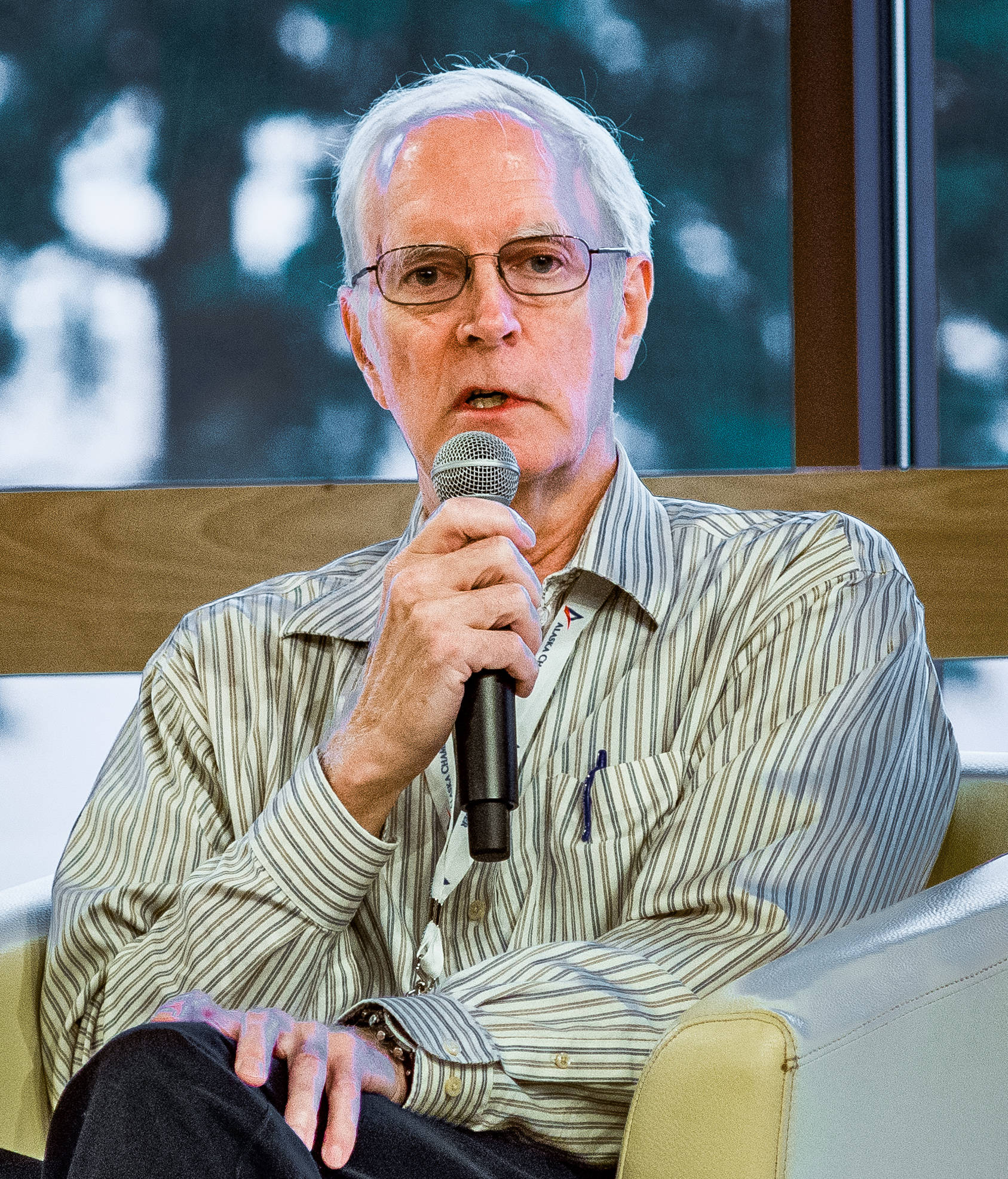Protecting salmon habitat is a proud accomplishment of many industries in Alaska, including the timber industry, since long before statehood. A recent opinion piece by Gordon Chew helped emphasize that, and I agree with many of his points.
However, I disagree with Chew’s message that it is time we clarify standards. What he is proposing goes too far and will negatively impact the timber industry, as well as our communities across Alaska.
In the early 1950s, prior to beginning logging operations, the loggers walked salmon streams with state and federal agents to discuss stream protection measures. Alaska’s statutes in Title 16 and Title 41 spell out the stream protection rules that all businesses must follow. These existing laws, regulations and best management practices are working.
Fish populations have not declined. In fact, according to the Alaska Department of Fish and Game, the salmon escapements in the Staney Creek and Harris River watersheds have more than doubled since the early 1950s. That would not have happened if the stream habitat had been harmed. These are two of the most heavily developed watersheds in Southeast Alaska.
The Alaska Forest Resources and Practices Act (FRPA) is designed specifically to protect fish habitat and water quality. The FRPA includes continuous compliance and effectiveness monitoring to ensure that the resource protection goals are met.
Chew’s protecting salmon opinion piece supports a legislative proposal as well as a proposed ballot initiative to increase the state regulatory burden, suggesting that industries other than timber should follow stream protection practices that are as expansive as those the timber industry faces. The proposed initiative would needlessly impose additional costly, time consuming restrictions and permitting requirements on Alaska’s resource industries.
Alaska’s extractive resource industries already take strong measures to protect stream habitat and water quality, just as the timber industry has done for decades. There has been no demonstrated need for increased stream protection legislation or regulations. Further, an initiative process, no matter how well intended, is not the proper way to force legislation or resource allocation. Ballot initiatives too often result in unanticipated consequences. With this particular initiative, we face overreaching, expansive regulatory requirements that will result in increased government expense, escalating development costs, extended timelines for not only resource development projects, but vital community infrastructure, and job losses across the state.
The proposed initiative is a solution in search of a problem. It poses a grave threat to Alaska’s resource-extraction based economy and will likely deepen our fiscal crisis at a time when the state is facing a serious and prolonged recession.
The state should instead be working to expand and diversify all of our state and local economies because the mining, oil and gas, timber and tourism industries are not incompatible with fishing. The record speaks for itself, given our strong and healthy world-class fisheries.
• Owen Graham is executive director of the Alaska Forest Association. He resides in Ketchikan.

